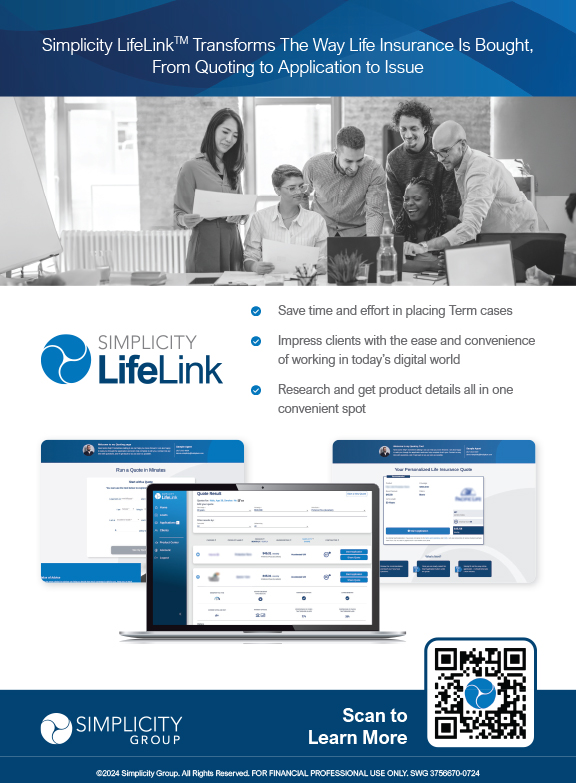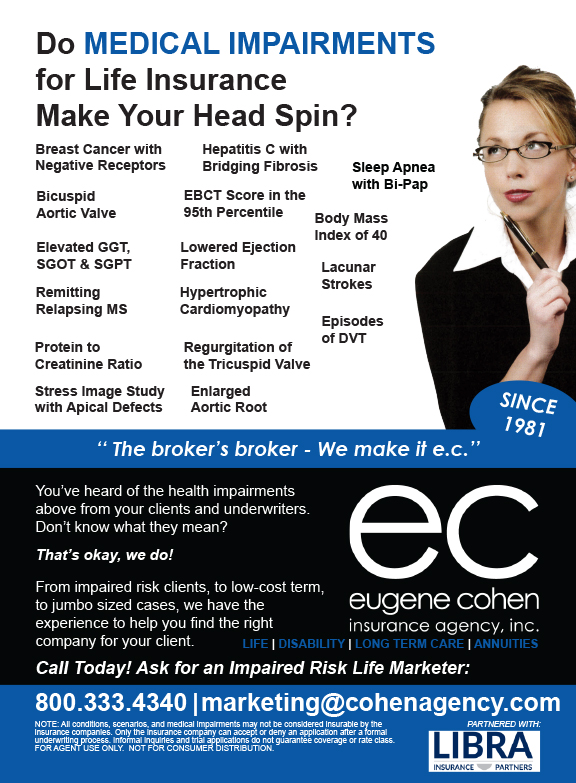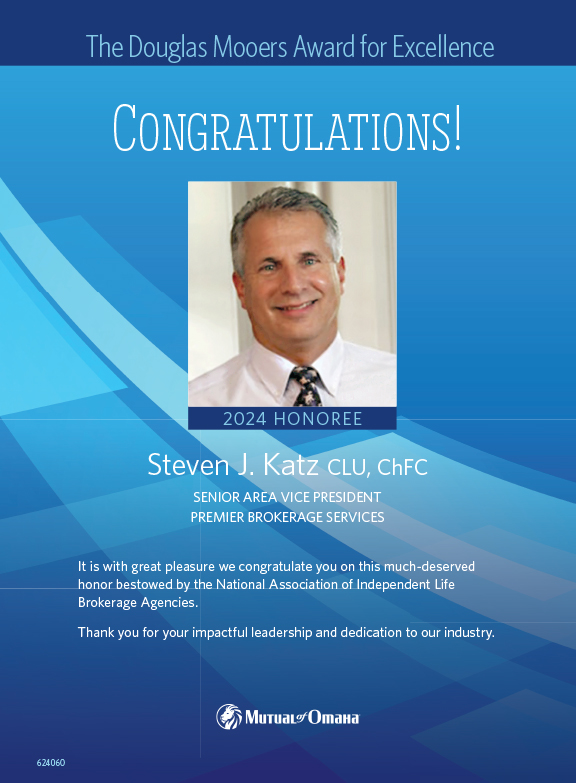One of the primary goals of the 2017 federal income tax legislation was to improve the competitiveness of U.S. businesses and to grow the economy. For this many businesses might need to seek the services of a CPA in Los Angeles to see if the changes affect them. Though much of the focus was devoted to improving the corporate tax provisions, Congress still recognized that corporate-only tax reform would miss a significant portion of business tax activity. Specifically, the vast majority of businesses and more than 60 percent of net business income in the U.S. is produced by pass-through businesses. Pass-through businesses dominate the small to mid-sized business marketplace. Consequently, financial advisors working with business clients are likely working with pass-through business owners.
Unlike C corporations, pass-through businesses such as sole proprietorships, S corporations, limited liability companies (LLCs), and partnerships pay their tax through the individual income tax code. Pass-through taxation means that the owners rather than the entity are taxed on the income of the business. To help pass-through businesses to keep pace with the corporate tax cuts Section 199A was added to the Internal Revenue Code by the 2017 tax legislation.
With U.S. job growth remaining strong and unemployment at 3.6 percent, the lowest since 1969, financial advisors may be finding many of their pass-through business clients looking for ways to attract and retain key employees by establishing some form of life insurance based executive benefit arrangement. Since pass-through taxation and the new 199A deduction can impact the form of executive benefit arrangement it’s necessary for financial advisors to have a general working knowledge of the 199A deduction.
Section 199A provision has numerous limitations, exceptions to limitations, phase-ins and phaseouts, and critical but poorly defined terms. For this article we are just going to provide an overview of how the 199A deduction is calculated. In general, effective for tax years beginning after December 31, 2017 and before January 1, 2026, a pass-through business taxpayer is entitled to a deduction equal to 20 percent of the taxpayer’s qualified business income earned in a qualified trade or business (hereafter referred to as the QBI deduction). Not all income is considered qualified business income eligible for the QBI deduction. For instance, W-2 wages received as an employee and guaranteed payments are not eligible for a QBI deduction. Basically, the qualified business income is the net earnings reported on line 1 of the K-1 of the pass-through owner.1
The QBI deduction is subject to high-income limitations that potentially phaseout a business owner’s deduction where the business is one of the 13 types of businesses classified as a Specified Service Trade or Business (SSTB). SSTB include many high-income professions such as health care, law, accounting, actuarial services, performing arts, consulting services (like those https://www.scotwork.com provide), athletics, financial services, brokerage services, investing and investment management, trading or dealing in securities, partnership interests or commodities, and businesses where the principal asset is the reputation/skill of one or more of its employees or owners. You can see that SSTB includes many financial service advisors.
For QBI deduction purposes a married SSTB owner who files a joint return with more than $315,000 (2018 indexed) of total household taxable income, or an individual who files under any other status with taxable income of more than $157,500 (2018 indexed), will be considered high-income. SSTB owners with taxable income at or below the $315,000/$157,500 high-income threshold will be able to take the full 20 percent QBI deduction. Taxable income over this threshold triggers a partial phaseout of the QBI deduction and culminates in a total phaseout once taxable income exceeds $415,000 (joint 2018 indexed) or $207,500 (other tax filers 2018 indexed). Because of the complete phaseout of the QBI deduction at taxable income in excess of the $415,000/$207,500, financial advisors might find that SSTB owners want an executive benefit arrangement that decreases their taxable income.
For business owners who are not classified as an SSTB (non-SSTB owners) the amount of the QBI deduction depends on whether the owner’s taxable income is less than or more than the high-income threshold amount. Specifically, a non-SSTB owner with taxable income at or less than the $315,000 (married joint)/ $157,500 (single) high income threshold amount will be able to take the full 20 percent of QBI. However, a non-SSTB business owner who files a joint return with more than $315,000 of total household taxable income, or an individual with taxable income of more than $157,500, the QBI deduction is the lesser of:
- 20 percent of QBI; or,
- The greater of: 50 percent of the W-2 wages with respect to the qualified trade or business, or the sum of 25 percent of the W-2 wages with respect to the qualified trade or business, plus 2.5 percent of the unadjusted basis immediately after acquisition of all qualified property.
So, for high income non-SSTB business clients the amount of QBI deduction is dependent on W-2 income paid to employees. This means that high income non-SSTB business owners might be more interested in establishing executive benefit arrangements that increase W-2 income for their key employees.
With the above general background in mind, let’s consider a common situation. I often receive calls from financial advisors wanting to establish a nonqualified deferred compensation/SERP for an S corporation or another form of pass-through entity.
Sometimes the inquiry is about establishing a plan for the owners and other times it’s for key employees who are not owners. For purposes of this article we are going to focus on the planning pros and cons when the desire is to establish a plan for key employees who are not owners. First we will look at the situation where the business is a SSTB and finally when the business involved is not a SSTB.
The fact that an S corporation is a tax conduit for income tax purposes makes effective planning with deferral plans difficult. Typically, a nonqualified deferred compensation plan is not effective in pass-through business entities. This is because when a nonqualified plan is implemented and income is deferred, the owners incur an income tax cost. Let’s look at how the numbers work.
Assume the advisor is working with a consulting firm structured as an S corporation (a SSTB) with two equal owners, John and James. Assume that each owner is receiving $224,000 of W-2 compensation and the S corporation has net earnings of $400,000 with each shareholder taxed on his proportionate ownership interest ($200,000 each). For simplicity we will assume that none of the owners have other income (spouse or investments) and that each use the standard deduction of $24,000 instead of the itemized deduction to calculate their taxable income. Based on these facts the taxable income of each owner is $400,000 (224,000 + 200,000 -24,000 = 400,000) exceeding the QBI high-income limits of $315,000, but under the total phaseout amount of 415,000. So, the owners can take a partial QBI deduction.
If $200,000 is deferred under a nonqualified plan for several key employees, the owner’s taxable income is increased. They must now report taxes on their pro rata shares of $600,000 net earnings increasing the owner’s taxable income to $500,000 (224,000 + 300,000 – 24,000 = 500,000). This occurs because deductible compensation expense has been reduced by the deferred amount. The owners can deduct the amounts when benefits are paid in the future, but the current tax hit often becomes an insurmountable obstacle to establishing a nonqualified deferral plan, especially in this situation where the plan selection causes the owners to totally lose the benefit of their QBI deduction.
Where the owners are in the QBI phaseout range it might be more tax efficient to establish an executive benefit arrangement which reduces the owners’ taxable income. This can be done through a Section 162 Bonus or Restricted Executive Bonus Arrangement (REBA). In both of these executive benefit arrangements the key executives’ compensation is increased. The increase in deductible compensation expense reduces the net earnings of the business. If $200,000 is bonused to the key executives the net earnings of the business are reduced to $200,000 and the owners’ taxable income drops to $300,000 (224,000 + 100,000 – 24,000 = 300,000). At $300,000 of taxable income the owners qualify for the full 20 percent QBI deduction on their share of the $200,000 net business earnings.
Let’s now look at the situation where the business is not an SSTB, but a manufacturing S corporation. We will assume the same facts as the original example in that we have two equal owners receiving $224,000 of W-2 compensation, the S corporation has net earnings of $400,000, and the taxable income of each owner is $400,000 (224,000 + 200,000 -24,000 = 400,000) exceeding the QBI high-income limits of $315,000. In a non-SSTB, once the high-income limit is achieved the QBI deduction will depend on the W-2 compensation received by employees.
If the manufacturing business establishes a nonqualified deferred compensation plan of $200,000 the amount of W-2 income received by the key employees will be reduced and the net earnings of the business is increased to $600,000. Aside from a deferred compensation arrangement increasing the tax burden of the owners, in a non-SSTB the reduction of W-2 compensation may also decrease the owners’ QBI deduction.
The Section 162 Bonus or Restricted Executive Bonus Arrangement (REBA) may be a more tax efficient structure for non-SSTB where W-2 compensation is limiting the owners’ QBI deduction. However, it’s important to remember that the implementation of a nonqualified deferral plan is not solely driven by tax motivation, rather it can be driven when employers realize that for competitive reasons they need to provide some type of nonqualified benefit that handcuffs key individuals. Pass-through owners may be willing to incur the additional tax today knowing that taxable income will be offset in the future.
Although pass-through taxation and the new 199A deduction makes executive benefit planning a challenge, there are times when a nonqualified deferred compensation plan may be an appropriate solution.
To assist in identifying these opportunities, remember to ask:
- Who will be the participants? Owners? Employees? Or Both?
- Is the business classified as a SSTB or a non-SSTB? If the business is a non-SSTB what are the W-2 wages and unadjusted basis of qualified property?
- What percentage of the business does each owner hold?
- What are the owners’ household taxable income and how much of it is attributed as pass-through earnings?
- Are there other more tax efficient planning alternatives available for accomplishing the owners’ objective?
Remember that it is imperative to know the objectives and the income tax effects before implementing any executive benefit plan.
Reference:
1. Qualified business income is reported on line 1 of the k-1 for S corporate owner and partner/member of a partnership/LLC and line 31 of schedule C for the sole proprietor.



























